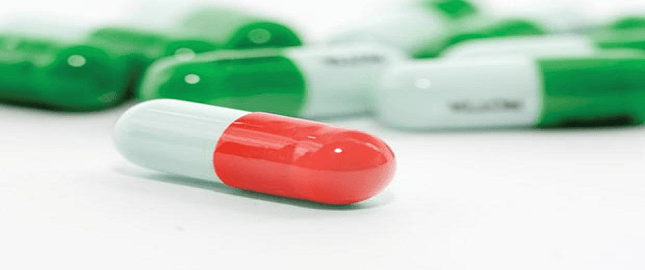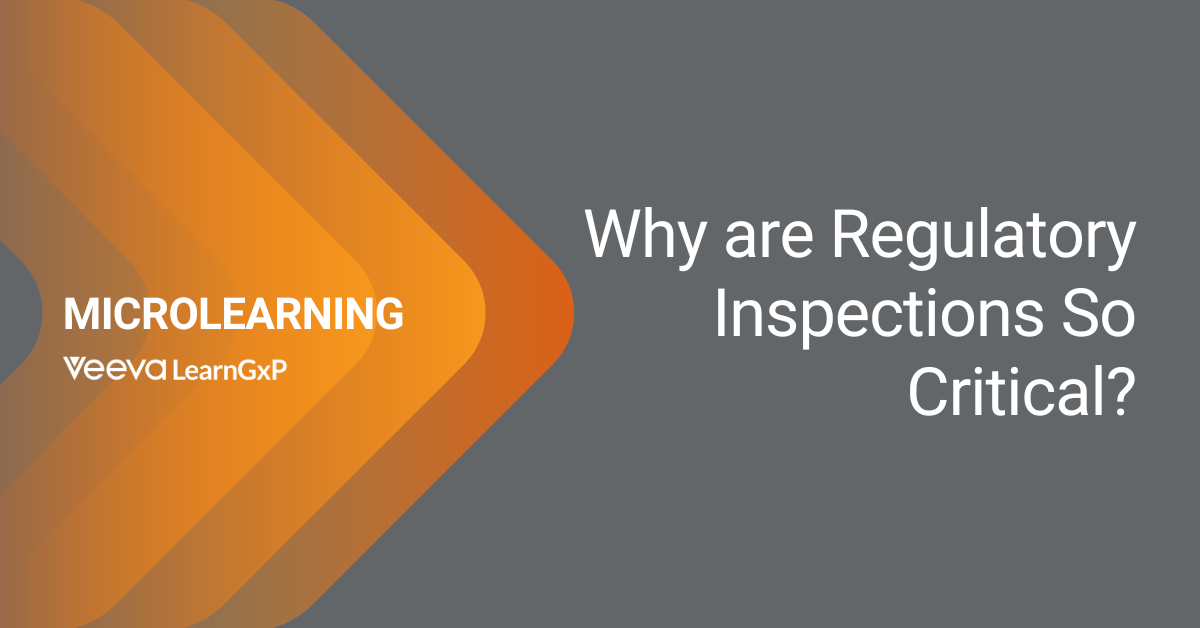The objective of this study is to unify understanding of the concepts of Operational Excellence and Process Evaluation in non-sterile solid dosage form manufacturing and to identify the potential cause of problems.
It is becoming widely recognized in the pharmaceutical industry that a more structured approach to process development would benefit the quality of the developed process to ensure added value to the products in long term. Building reliable process models would help to save resources in the long term by providing answers to process issues, reducing the trial and error aspect and introducing the opportunity for optimization.
The need for a systematic approach to sustain the development of higher quality processes using resources in short time is today’s need which we have tried to explain as follows :
Operational Excellence
The following points are to be considered and followed in achieving Operational Excellence :
- Systematically reveal true root causes of unwanted variations in manufacturing processes for e.g. errors in weights (apothecial) while Raw Material Dispensing, process loss, etc. and to improve quality by getting thorough understanding of the sources of variation in the process and then reduce variations to a minimum level.
- Use of Integrated System Approach to product quality regulation, founded on sound sciences and engineering principles for assessing and mitigating risks of poor product and process quality in the context of the intended use of pharmaceutical product.
- Use of Process Analytical Technology (PAT) to allow and encourage the use of equipment for continuous monitoring of manufacturing process.
- Approach to manufacturing regulations titled risk-based current Good Manufacturing Process (cGMP). It seeks to free the industry from perspective rules that are not necessary to ensure quality and to concentrate the regulatory effort where the largest risk persists.
- Elimination of waste is crucial for achieving sustainable performance improvements.
- Use concept of Agile Manufacturing – which helps to prevent the sub-optimizing and improvement of non-value-added steps.
Four Levels of Operational Excellence to improve Plant Capabilities :
- The main objective is to meet regulatory requirements by performing Internal and External Quality Audits.
- Develop capabilities that help to get a scientific understanding about the process and root causes of deviations to move to a predictive performance rather than a reactive compliance.
- Knowledge to understand value from the customer view point, customer satisfaction, inventory management, waste reduction and problems related to processes.
- Try to identify all significant root causes for deviations and simultaneously manage to prevent deviations from reoccurring throughout its operations.
- By adopting and following above four levels a company in the process can achieve the two goals “Effectiveness” and “Efficiency” simultaneously becoming a leader in Operational Excellence.
Process Evaluation
Pharmaceutical Process Evaluation development is proposed towards the utilization of multiscenario approach to generate the data for the critical evaluation of Batch Process Sequence. The following points can be considered and followed in/during Process Evaluation
- Identify the most significant parameters to reduce the size of multiscenario problem such as lack of concentration, improper training, in competency, etc.
- Identification of high risk of unacceptable performance denoted by failure of key expectation thresholds which can lead to an important development of proposed operations and existing equipment.
- Predict what reduction in which uncertainty gives the greatest decrease in adverse effect to the final objective so that a better end product is expected.
- Incorporate new data as it becomes available from experiments, scale-up and track the progressive reduction in uncertainty and promote process alternatives.
Continuous Processing in Process Evaluation :
Continuous Processing is the next logical step in Pharmaceutical Manufacturing Excellence because the chain activity of the process will have multiple interlinked sub activities which give us data for an efficient means of production and it will be the best mechanism to ensure consistent product composition. It offers the potential to reduce cost, easier cleaning, energy efficient, etc. This will also minimize batch-to-batch variations.
Conclusion
An increase in overall manufacturing performance can only be achieved by increasing process capability. It is a safe approach to use an established concept, but it does not provide with the immediate benefits of being on the technological edge. Manufacturing efficiency and product quality is more desired than adaptability. By using the latest scientific advances in pharmaceutical manufacturing technology, effective use of the most current pharmaceutical science and engineering principles throughout the Product Life Cycle, definitely improves the efficiencies of both manufacturing and regulatory processes adding value to the bottom line of the organization.
References
- Operational Excellence in the Pharmaceutical Industry: Case Studies from the field. Available from: http://www.item.unisg.ch/org/item/tectemw.nsf/SysWeb Resources/Publikation+OPEX+Leseprobe/$FILE-Windows Internet Explorer
- Johnson D. B., Bogle I. D. L. A Methodology for the Robust Evaluation of Pharmaceutical Processes under Uncertainty. Chem. Papers 54 (6a) 398-405 (2000). Available from: http://www.54600398.pdf – Adobe Reader
- Innovation and Continuous Improvement in Pharmaceutical Manufacturing (Pharmaceutical CGMPs for the 21st Century) The PAT Team and Manufacturing Science Working Group Report: A Summary of Learning, Contributions and Proposed Next Steps for moving towards the “desired State” of Pharmaceutical Manufacturing in the 21st Century. Available from: http://www.2004-4080b1_01_manufSciWP.pdf
- Adrain Howson., Continuous Processing is the logical next step-or is it? What next for pharmaceutical manufacturing excellence? Engineering for Pharma – Issue 1, October 2009.





